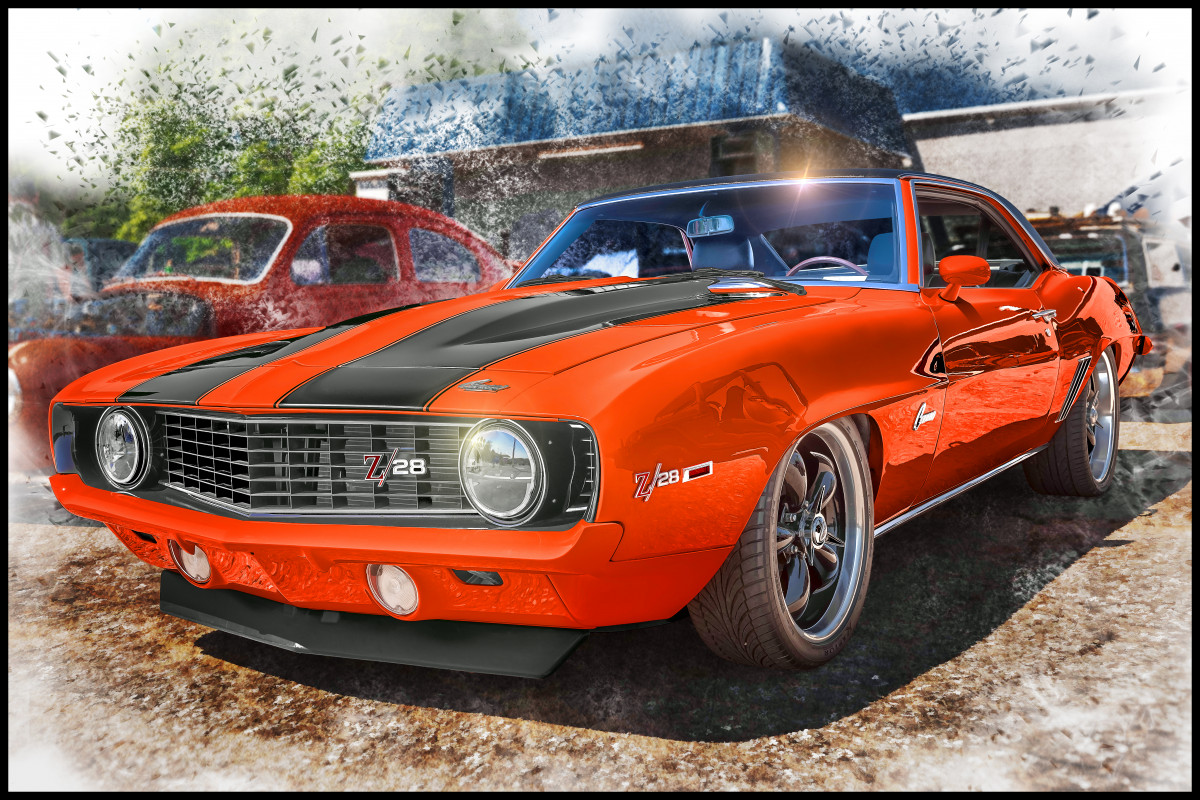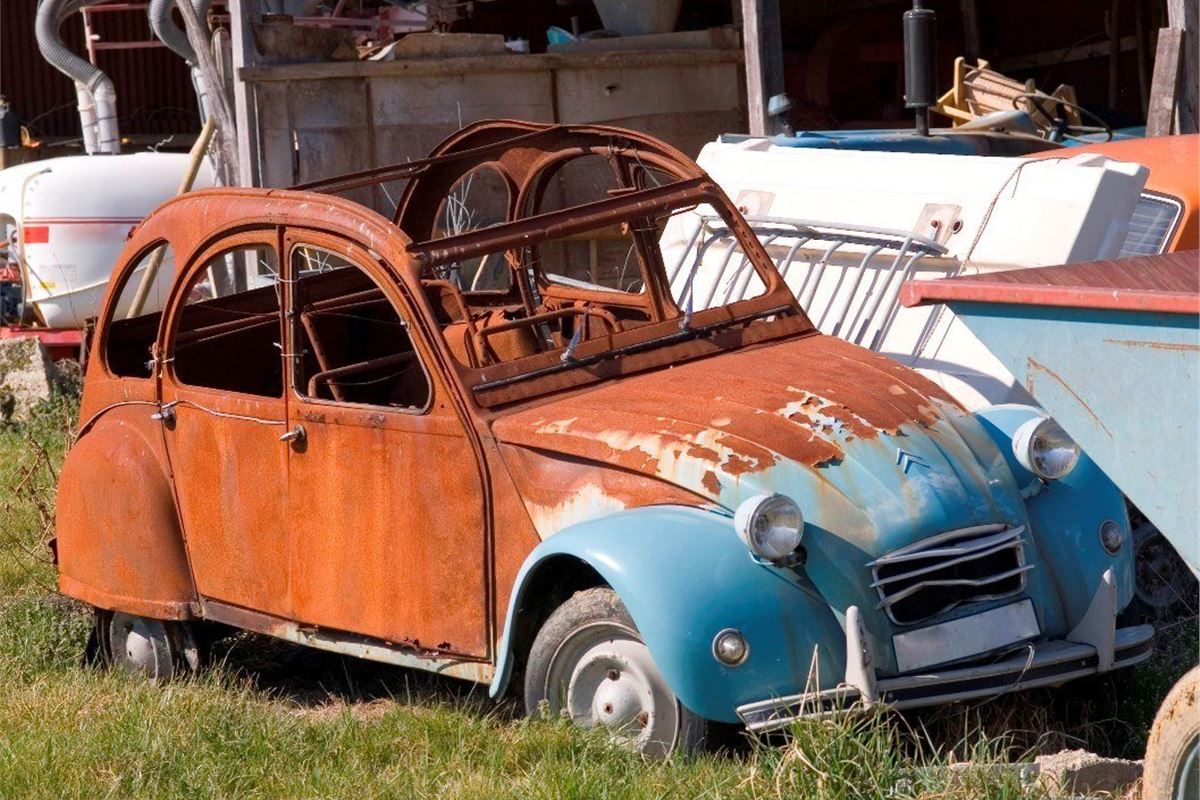Restore for cars – In the realm of automotive restoration, where passion and precision intertwine, the process of restoring a car to its former glory is an art form that transcends mere mechanics. From the meticulous restoration of classic automobiles to the cutting-edge techniques employed in modern car restoration, this comprehensive guide delves into the captivating world of automotive restoration.
Whether you’re an aspiring DIY enthusiast or seeking the expertise of seasoned professionals, this guide provides an in-depth exploration of every aspect of car restoration, empowering you to embark on a journey that transforms your beloved vehicle into a timeless masterpiece.
Restoration Techniques for Classic Cars
Restoring a classic car is a labor of love that requires patience, skill, and attention to detail. The process can be daunting, but the results are often worth the effort. Here’s a look at the process of restoring a classic car from start to finish.
The first step is to assess the condition of the car. This will help you determine the scope of the restoration and the parts that need to be replaced. Once you have a good understanding of the car’s condition, you can start to gather the necessary parts and materials.
Bodywork
The bodywork is one of the most important aspects of a classic car restoration. The goal is to restore the body to its original condition, while also making sure that it is structurally sound. This may involve repairing rust damage, replacing panels, and repainting the car.
Paint
The paint job is another important aspect of a classic car restoration. The goal is to achieve a high-quality finish that will protect the car from the elements and make it look its best. This may involve sanding the car down to bare metal, applying a primer, and then painting the car with a high-quality paint.
Interior
The interior of a classic car is just as important as the exterior. The goal is to restore the interior to its original condition, while also making sure that it is comfortable and functional. This may involve reupholstering the seats, replacing the carpet, and installing new accessories.
Restoring a classic car is a challenging but rewarding experience. With careful planning and execution, you can bring your dream car back to life.
Identifying Restoration Parts and Suppliers: Restore For Cars
Restoring a classic car requires finding high-quality restoration parts. Genuine parts, made by the original manufacturer, offer the best fit and finish. However, they can be difficult to find and expensive. Aftermarket parts, made by third-party manufacturers, provide a more affordable option but may not always meet the same standards.
Tips for Finding Genuine and Aftermarket Restoration Parts
* Check with the car manufacturer for availability of genuine parts.
- Visit classic car shows and swap meets to find used or NOS (new old stock) parts.
- Search online marketplaces and forums for both genuine and aftermarket parts.
- Consult with restoration experts or join classic car clubs for recommendations.
Reputable Suppliers of Restoration Parts and Materials
* Classic Industries
- Moss Motors
- Steele Rubber Products
- NPD Link
- Eckler’s Corvette Parts
Importance of Using High-Quality Parts for Restoration Projects
Using high-quality parts is crucial for the longevity and value of a restored classic car. Cheap or poorly made parts may fail prematurely, leading to costly repairs or even safety issues. Investing in quality parts ensures a proper fit, durability, and maintains the authenticity of the restoration.
DIY Restoration vs. Professional Restoration
The decision of whether to tackle a classic car restoration yourself or hire a professional is a significant one. Both options have their own set of advantages and disadvantages, and the best choice for you will depend on your individual circumstances.
If you’re considering a DIY restoration, it’s important to be realistic about your skills and abilities. Restoring a classic car is a complex and time-consuming process, and it requires a wide range of skills, including mechanical, electrical, and bodywork. If you’re not confident in your abilities, it’s best to leave the restoration to a professional.
However, if you’re confident in your skills and you’re willing to put in the time and effort, a DIY restoration can be a rewarding experience. Not only will you save money, but you’ll also have the satisfaction of knowing that you restored your car yourself.
Costs
The cost of restoring a classic car can vary widely depending on the make, model, and condition of the car, as well as the extent of the restoration. However, as a general rule of thumb, you can expect to pay anywhere from $10,000 to $50,000 for a professional restoration.
If you’re planning on doing a DIY restoration, you can expect to save a significant amount of money. However, you’ll need to factor in the cost of parts, tools, and labor. Depending on the extent of the restoration, you could end up spending anywhere from $5,000 to $20,000.
Skills and Tools
If you’re planning on doing a DIY restoration, it’s important to have the right skills and tools. At a minimum, you’ll need to be able to perform basic mechanical and electrical repairs, and you’ll need to have a good understanding of how cars work.
In addition to the basic skills, you’ll also need to have a variety of tools, including a socket set, wrenches, screwdrivers, and a multimeter. You may also need to purchase specialized tools, such as a welder or a sandblaster.
Restoring Modern Cars
Restoring modern cars presents unique challenges compared to classic cars. The complexity of modern vehicles, with their advanced electronics, sophisticated systems, and lightweight materials, demands specialized equipment and techniques.
One of the key challenges in restoring modern cars is the need for specialized diagnostic tools and software. These tools allow technicians to identify and troubleshoot electrical issues, engine performance problems, and other complex malfunctions. Without these tools, it can be difficult to accurately diagnose and repair modern vehicles.
Advanced Materials and Techniques
Modern cars often utilize lightweight materials, such as aluminum and carbon fiber, which require specialized repair techniques. These materials are more difficult to weld and repair than traditional steel, and they require specialized equipment and training to work with.
Additionally, modern cars often feature advanced safety systems, such as airbags and electronic stability control, which require special attention during the restoration process. These systems must be properly calibrated and tested to ensure they function correctly after restoration.
Examples of Successful Restorations
Despite the challenges, there are many examples of successful modern car restorations. These restorations often involve a combination of specialized equipment, skilled technicians, and a deep understanding of the vehicle’s systems.
- A 1995 Toyota Supra MKIV was restored to its original condition using a combination of original parts and aftermarket upgrades. The restoration included a complete engine rebuild, suspension upgrades, and a custom paint job.
- A 2002 BMW M3 was restored to its former glory after being involved in a minor accident. The restoration involved repairing the body damage, replacing the engine, and upgrading the suspension and brakes.
Restoration Case Studies
Restoration projects can be incredibly rewarding, but they can also be challenging. To help you get started, we’ve compiled a few case studies of different car restorations, including before-and-after photos, specific restoration techniques used, and the challenges and successes of each project.
These case studies will give you a better understanding of what’s involved in a car restoration, and they will help you make informed decisions about your own project.
1967 Chevrolet Camaro SS
- Before:The car was in rough shape, with rust on the body and frame, and a blown engine.
- After:The car was restored to its former glory, with a new paint job, a rebuilt engine, and a new interior.
- Restoration Techniques:The restoration involved a complete disassembly of the car, followed by sandblasting and repainting the body and frame. The engine was rebuilt, and the interior was reupholstered.
- Challenges:The biggest challenge was finding replacement parts for the car. Many of the parts were no longer available, so the owner had to fabricate some of them himself.
- Successes:The restoration was a complete success. The car is now in mint condition, and it has won several awards at car shows.
1957 Ford Thunderbird, Restore for cars
- Before:The car was in good condition, but it had been sitting in a garage for several years and needed some TLC.
- After:The car was restored to its original condition, with a new paint job, a new interior, and a rebuilt engine.
- Restoration Techniques:The restoration involved a complete disassembly of the car, followed by sandblasting and repainting the body and frame. The engine was rebuilt, and the interior was reupholstered.
- Challenges:The biggest challenge was finding replacement parts for the car. Many of the parts were no longer available, so the owner had to fabricate some of them himself.
- Successes:The restoration was a complete success. The car is now in mint condition, and it has won several awards at car shows.
1969 Dodge Charger
- Before:The car was in rough shape, with rust on the body and frame, and a blown engine.
- After:The car was restored to its former glory, with a new paint job, a rebuilt engine, and a new interior.
- Restoration Techniques:The restoration involved a complete disassembly of the car, followed by sandblasting and repainting the body and frame. The engine was rebuilt, and the interior was reupholstered.
- Challenges:The biggest challenge was finding replacement parts for the car. Many of the parts were no longer available, so the owner had to fabricate some of them himself.
- Successes:The restoration was a complete success. The car is now in mint condition, and it has won several awards at car shows.
Last Point
As you embark on this extraordinary journey of automotive restoration, remember that the true essence lies not only in the end result but in the transformative process itself. Embrace the challenges, revel in the discoveries, and savor the satisfaction that comes with restoring a car to its former glory.
May your passion for automobiles guide you as you breathe new life into these mechanical marvels, creating a legacy that will endure for generations to come.
Questions and Answers
What are the key considerations when choosing between DIY and professional restoration?
The decision hinges on your budget, skill level, and the complexity of the restoration project. DIY restoration offers cost savings but requires significant time, expertise, and access to specialized tools. Professional restoration provides peace of mind and ensures high-quality results, but comes with a higher price tag.
How can I find reputable suppliers for restoration parts and materials?
Referrals from classic car clubs, online forums, and industry experts are valuable sources. Look for suppliers with a proven track record, positive customer reviews, and a wide selection of genuine and aftermarket parts.
What are the unique challenges involved in restoring modern cars?
Modern cars often incorporate advanced technologies, electronics, and specialized materials, requiring specialized equipment, diagnostic tools, and expertise. Restoring modern cars also demands a deep understanding of their complex systems and adherence to manufacturer specifications.



